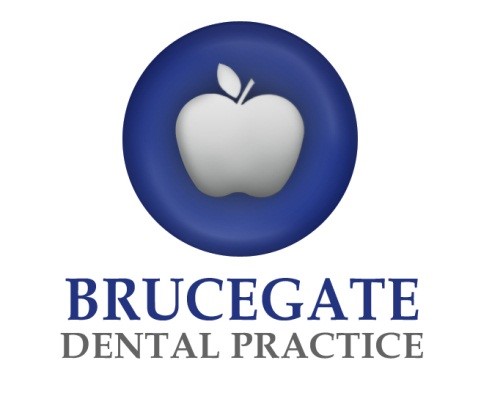Benefits of using an Electric Toothbrush
It is important to us that our patients use the correct toothbrush for them, as it differs from person to person.
A study (Cochrane Report 2014 https://bit.ly/2TS4jBG) Found that using an electric oscillating (moving in a circular motion) toothbrush was found to be more efficient at removing plaque, compared to using a manual toothbrush.
The Benefits
Reduction in Plaque and Gum Disease;
The results of the study found that after 3 months of using an electric toothbrush saw a 21% reduction in plaque and an 11% reduction in gingivitis (gum disease). This means that changing to an electric toothbrush benefits greatly on the health of your mouth.
Dexterity;
Electric toothbrushes are particularly effective for people with dexterity problems, i.e. Arthritis, Parkinsons. The electric toothbrush has a thicker handle so is easier to grasp and the toothbrush does all the work for you.
Timer;
Even the most basic electric toothbrushes come with a timer function on them, so you know when you have brushed for the recommended two minutes.
Pressure Indicator;
Another great function they usually have is a pressure indicator, this is very good for those that tend to brush too hard. When you brush too hard this can cause your gums to recede or loss of enamel, in both cases this can cause sensitivity and leave your teeth more vulnerable to decay.
Affordable;
You don’t have to spend hundreds of pounds on an electric toothbrush, you can usually get one for around £30 they have everything you need to clean your teeth effectively. No need for all the bells and whistles too.
How It Works
There are two types of electric toothbrush Oscillating and Sonic.
Oscillating- Rotating Toothbrush;
This is your regular electric toothbrush. It works by rotating back and forth in a circular action, along the gum line and over the tooth surface. This delivers between 2,500 and 8000 brush strokes per minute!
Sonic Toothbrush;
This works in a similar way to your manual toothbrush, in that the head vibrates up and down instead of rotating like a regular electric toothbrushes. However unlike manual toothbrushes the head vibrates up to 40,000 times per minute! about 10 times faster than ordinary electric toothbrushes.
How To Use An Electric Toothbrush
So you’ve taken the plunge and bought a nice new electric toothbrush, but how do you use it? Many people wrongly think it’s the same way as using a manual toothbrush but this is the WRONG as you won’t get the benefit of the vibrating action.
Technique;
Simply put a small amount of fluoride toothpaste (check your toothpaste contains fluoride, it’s what helps keep your teeth strong, most well known brands contain this) onto the brush (before switching it on), place the brush onto your tooth then switch it on once it is in your mouth. Otherwise you’ll have toothpaste all over the bathroom walls! Hold the vibrating brush head on each tooth for around 10 seconds each, following the shape of the gum line to the next tooth. It’s best to work from your back teeth to the front, make sure you don’t miss any they’re all important. Remember your teeth have more than one side do inside and out plus the tops. Brush your teeth for at lease two minutes, twice a day. It’s best to do last thing at night and another time through the day.
Finally spit DON’T rinse, you want to leave the toothpaste on your teeth so it can work it’s magic and help your teeth stay strong.
Gum Disease
Now we’ve talked about one of the benefits of using an electric toothbrush is that it can help reduce gum disease with effective brushing but what is it?
Gum Disease or Gingivitis is the inflammation of the gum. This happens when plaque – made up of food debris, sugar and bacteria sticks to your teeth. If you don’t brush your teeth correctly this builds up and causes irritation to the gums and can damage the bone supporting the teeth. Ultimately, it can make your teeth become loose and need extracting.
Gum Disease is the biggest reason for tooth loss in the UK!
